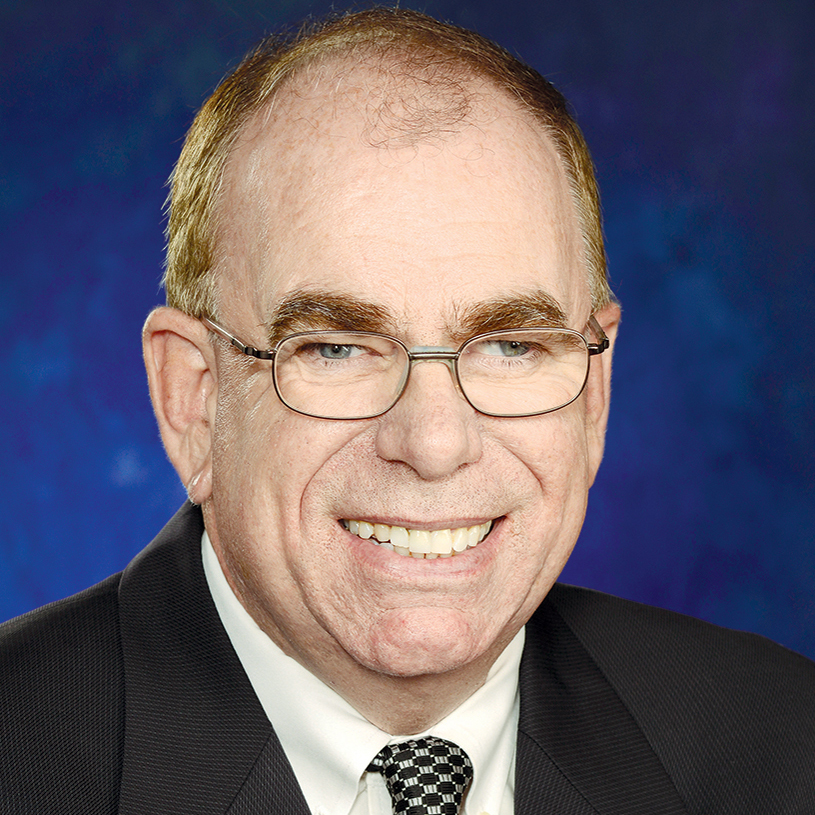
In some ways, the effort to treat and possibly cure Alzheimer’s disease has never been greater.
Just this week, Eli Lilly announced that a drug designed to target one of the disease’s markers — corrupted beta amyloid — may help delay cognition loss early on.
This comes as another firm, Biogen, is waiting to see whether the Food and Drug Administration might soon approve aducanumab.
For its part, Congress is pitching in, too. Lawmakers recently approved $3.12 billion in additional Alzheimer’s research funding.
To be sure, these all are welcome developments. And the timing hardly could be better.
Alzheimer’s now is the sixth leading causes of deaths nationwide. More than 5.8 million Americans have Alzheimer’s or a related dementia, according to the Centers for Disease Control and Prevention. Just as disturbing, it still remains bereft of a modifying treatment, much less a cure.
So what more needs to be done? Actually, our nation’s response to COVID-19 provides a definitive answer.
Let’s not forget that the very first case of human COVID-19 case was documented a mere 13 months ago. In less than a year, several effective vaccines were prepared, and more are likely. The speed of these breakthroughs is unprecedented. They are also largely the result of Operation Warp Speed.
The program is a monumental effort that combines federal and private-sector resources to accelerate vaccine testing, supply development and distribution. Have there been, and do there continue to be, glitches along the way? Of course. But in aggregate, the results are unprecedented and potentially profound.
As a result of this fast-tracking effort, millions of people will not suffer the pain, suffering and even death that SARS-Co-V-2 can deliver. That is nothing short of miraculous.
Operation Warp Speed also has shown that when a challenge is seen as important enough, things that might otherwise take years or even decades to accomplish can be done in a matter of months. That is, assuming the requisite resources and focus are provided. Sadly, when it comes to Alzheimer’s, we’ve yet to see either on a similar scale.
But given its mounting toll and the fact that no drug for treating Alzheimer’s has hit the market since 2003, now may be a good time to ask this important question:
What are we waiting for?

